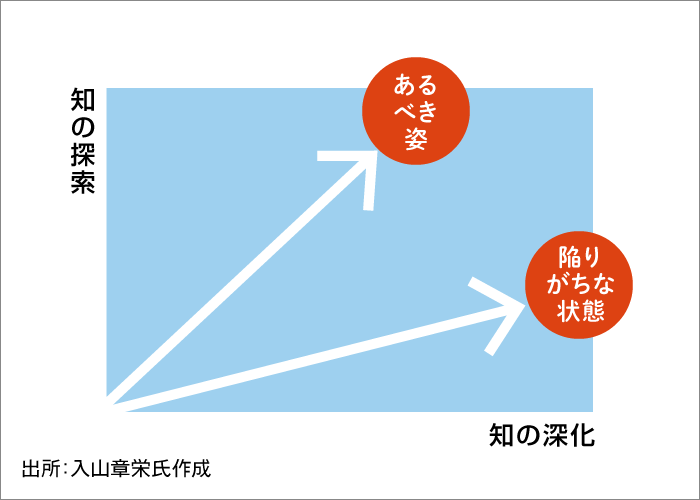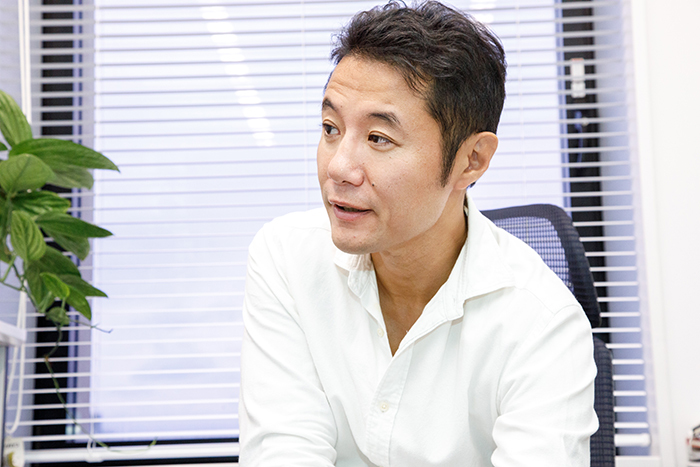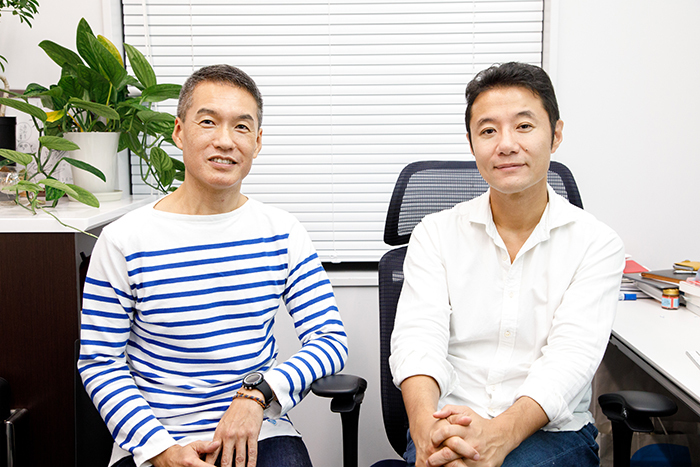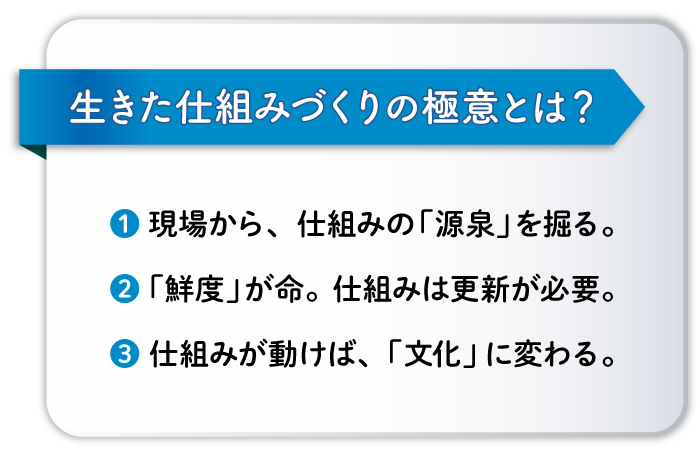CDC's Shinji Muto had already confirmed the importance of "focusing on frontline employees now" through his dialogue with Yoshiaki Nagasaka, former editor-in-chief of the business magazine President and now President of President Inc. This perspective came from someone who has observed the leaders of major corporations for many years. So, what insights could be gained from an academic viewpoint? Muto then visited Professor Akira Iriyama of the Graduate School of Business Administration (Business School) at Waseda University.
Read the interview with President Nagasaka here.
Top Executives Should Engage in "Knowledge Exploration" at the Front Lines.
The Good and Bad Moves in Building "Systems"
Muto: Professor Iriyama, after consulting for manufacturers and government agencies at the Mitsubishi Research Institute, you earned your doctorate and have spent over a decade researching management. What common traits do thriving companies share today?
Iriyama: Leaders of successful companies almost invariably walk the shop floor. Bottom-up approaches are crucial, of course, but ultimately, bottom-up initiatives only materialize because top leadership wills them to happen. Leaders who understand the front lines create systems where employees can work with vitality and build structures to gather information. Management theory states that innovation arises from "new combinations of existing knowledge with other existing knowledge." However, human cognitive abilities have limits, making it crucial for leaders to engage in "knowledge exploration" – consciously seeking encounters with distant perspectives. For them, this "distance" includes not only overseas markets or different industries, but also the "front lines."

Professor Shigeaki Iriyama (right) of Waseda University Business School and Creative Director Shinji Muto (left) of Dentsu Inc.
Muto: In Dentsu Inc.'s "Company Design" project, we refer to the mechanisms created for frontline employees as "Activities" and aim to plan them from a uniquely creator's perspective. In the companies you've observed, Mr. Iriyama, what specific mechanisms were being developed?
Iriyama: Examples include designing office spaces for easy movement, top executives connecting with young employees via LINE, Setting incentives for reporting failures, among other things. Some companies deliberately fostered good relations with labor unions to address employee dissatisfaction. Overseas, Huawei is a great example. That company collaborates with businesses in over 170 countries worldwide. To turn insights gained on the ground into internal assets, they have an evaluation system that rewards "sharing." As a result, they've cultivated a corporate culture where every employee naturally shares knowledge and skills rather than hoarding them.
Muto: That's very interesting. Conversely, are there examples of poor systems?
Iriyama: The pattern where they create manuals that cannot be changed, that absolutely must be followed. Since conditions on the ground change constantly, manuals should be continually revised. However, frontline employees tend to develop a "manual worship" mentality. Unless you establish the premise that "manuals can be changed based on frontline input," employees will prioritize avoiding responsibility in their work.
Can an organization's personality be found in the right brain?
What is "ambidextrous corporate management"?
Muto: Discovering a company's originality is also a major theme of "company design." What should we prioritize when pursuing this?
Iriyama: For an organization to move forward united, the core question "What is this company all about?"—its originality—is essential. People can't move forward unless they truly understand and accept it. That's why global companies have leaders constantly communicating their vision. But in Japanese companies, it's often harder to articulate that fundamental "What is this company?" in a single phrase.
Muto: We believe we can help by bringing an outsider's perspective to discover and articulate the company's value.
Iriyama: I believe the right-brain intuition possessed by creators in the advertising industry is precisely what executives need. For companies with diverse business domains, relying solely on left-brain logic for analysis and organization won't answer the question: "Forget the details—in one simple phrase, what is this company ultimately about?" The recent increase in strategic consulting firms acquiring design firms is a direct result of hitting this exact problem.
Muto: That connects to the "ambidextrous management" you emphasize, Professor Iriyama.

Diagram of "Ambidextrous Management"
Iriyama: Exactly. The latest neuroscience strongly suggests that the left and right brain—logical thinking and intuition—complement each other. People skilled in logical thinking also develop intuition, and developing intuition enhances logical thinking. Similarly, companies should be able to enter a virtuous cycle by combining logical thinking and intuitive abilities. Dentsu Inc. supporting the right-brain aspects that Japanese companies often lack holds great potential for organizational revitalization. So, I'm looking forward to it.
Key Insights from This Dialogue
Following interviews with President Nagasaka of President and Professor Iriyama of Waseda University, the Company Design Team has launched its full-scale activities. Aiming to spread the concept of "Company Design" and see it adopted by many companies, we will accelerate both practice and learning.
The Company Design Team's new series, "The Secret Behind Why Some Companies Stay Vibrant," can be found here. If you're interested, please also visit the project site.












